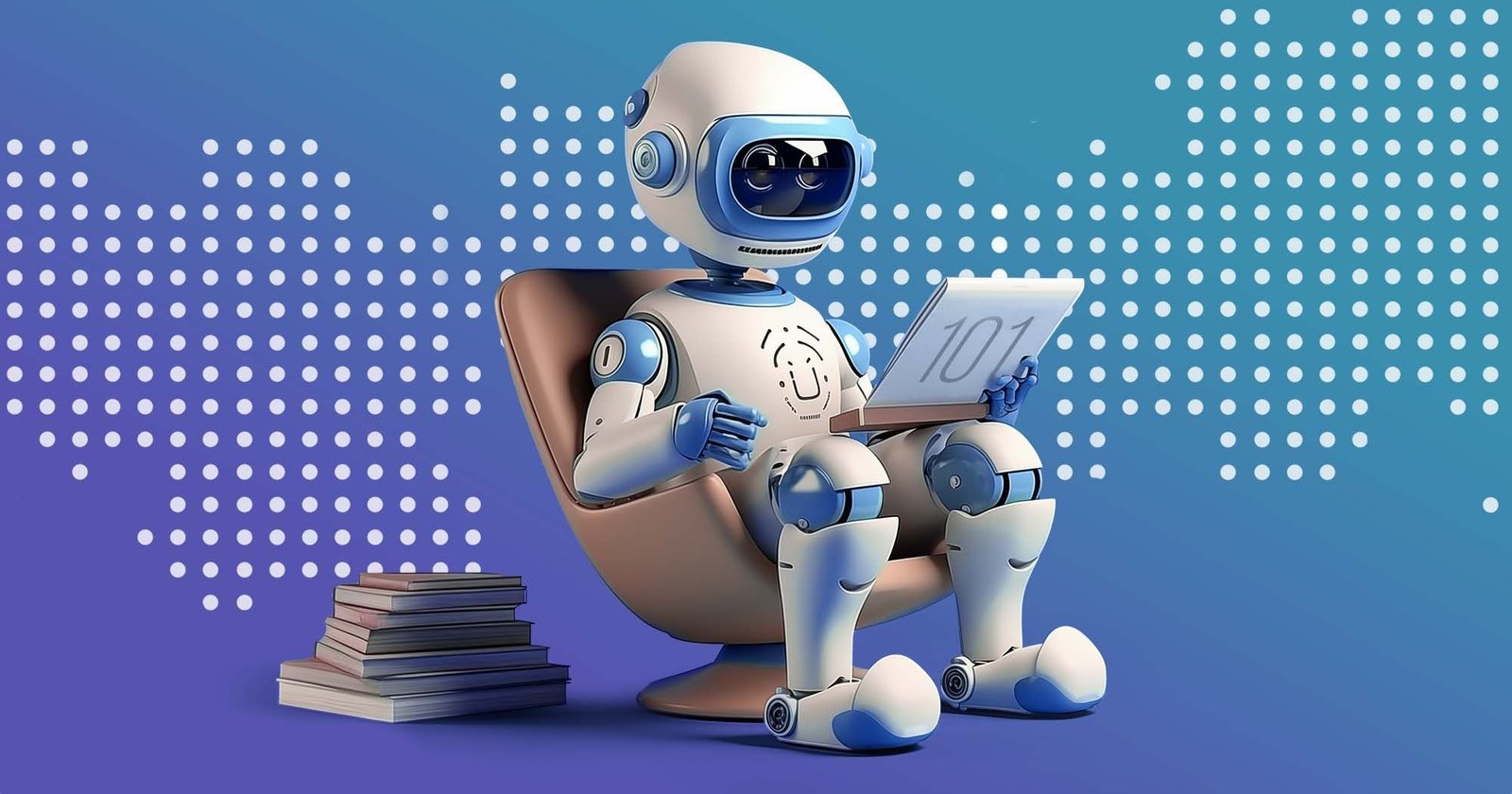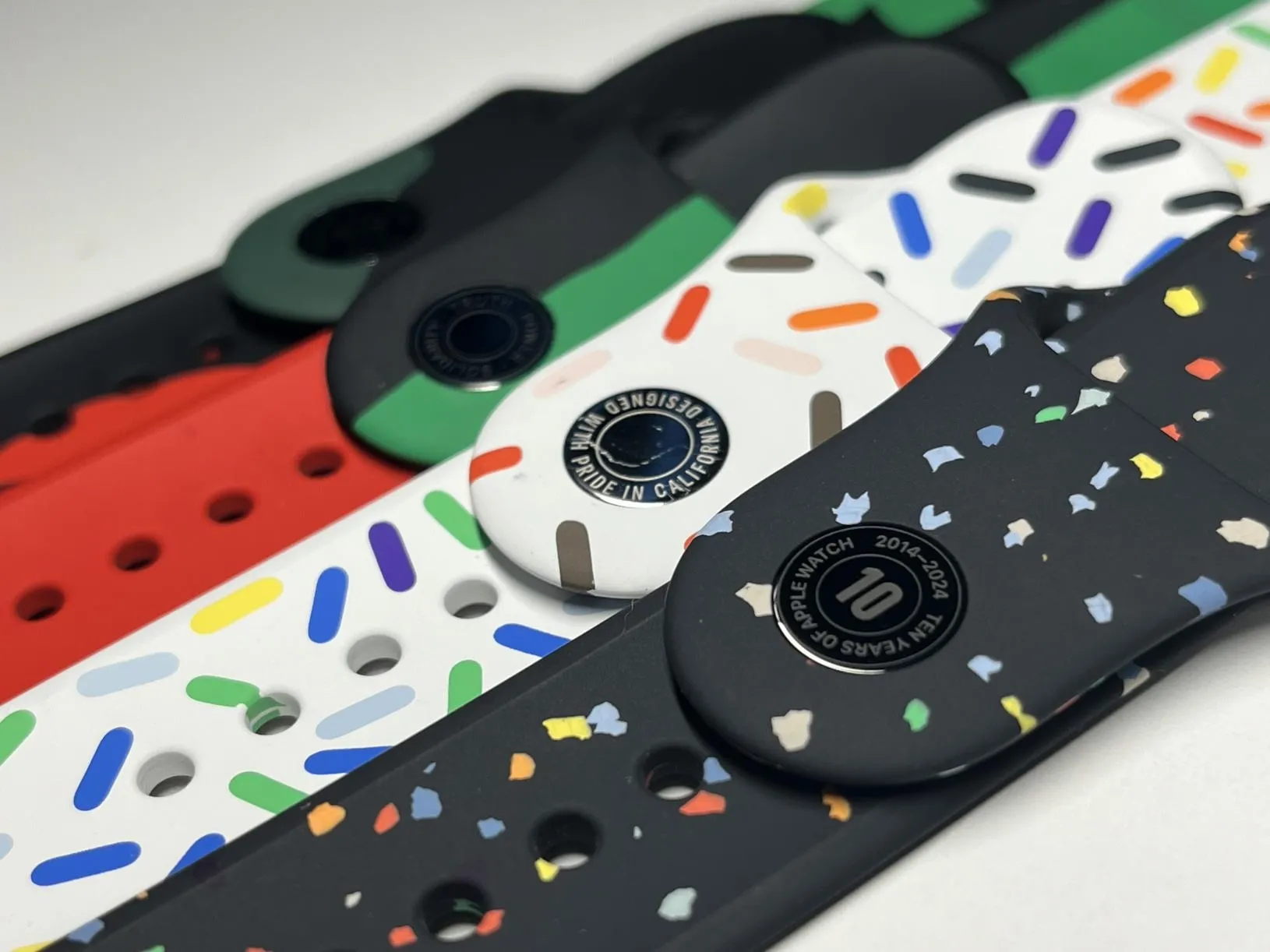In the rapidly evolving field of artificial intelligence and robotics, the quest to imbue AI chatbots with physical capabilities through the integration of robotic arms is gaining momentum. This development aims to revolutionize various sectors by enabling robots to perform tasks with precision and efficiency that were previously unimaginable.
Key Highlights:
- The advancement of AI and machine learning technologies enables robotic arms to perform complex tasks with high precision.
- Robotics companies focus on creating robotic arms with human-like performance, leveraging AI, computer vision, and machine learning.
- The integration of tactile sensing in robots allows them to adapt their gait and interaction with various surfaces, enhancing their autonomy and application range.
- Robotic arms have found applications in numerous fields, including industrial automation, creative arts, and hazardous environment management.
The Rise of Intelligent Robotic Systems
RE2 Robotics, a leading developer of intelligent mobile manipulation systems, exemplifies the effort to create robotic arms that mimic human-like performance. By integrating artificial intelligence, computer vision, and machine learning, these robotic systems can operate autonomously or with human guidance, depending on the application. This technology’s applications range from aiding explosive ordnance disposal to contributing to clean-up efforts at sites like the Fukushima Dai-Ichi Nuclear Power Station .
Expanding Robotic Sensory Capabilities
The development of robots like SAIL-R, equipped with tactile sensors on their legs, showcases the efforts to provide robots with a sense of touch. This advancement allows robots to adapt their movements to different surfaces, mimicking the human ability to adjust gait accordingly. Such sensory capabilities are crucial for autonomous navigation and operation in varied environments, from rough terrains to sensitive surfaces.
The Artistic Touch of AI in Robotics
AI’s role in robotics is not limited to industrial or hazardous tasks; it extends to creative realms as well. Ai-da, an ultra-realistic humanoid robot equipped with AI, cameras, and a robotic arm, can produce intricate artwork, demonstrating the versatility and potential of AI in robotics. This blend of technology opens new possibilities for robotic applications beyond traditional tasks, showcasing the technology’s adaptability and creativity.
Engineering the Future of Robotic Arms
The design and development of robotic arms involve meticulous planning and engineering, from conceptualization to assembly. Different types of robotic arms, including Cartesian, cylindrical, polar, SCARA, and articulated arms, are tailored for specific tasks, offering a range of movements and functionalities. These arms are pivotal in industrial automation, performing tasks such as welding, material handling, and assembly with unparalleled precision and efficiency.
The Impact on Industries and Beyond
The integration of AI chatbots with physical capabilities heralds a new era in robotics, where machines can perform tasks that require both cognitive and physical skills. This synergy between AI and robotics not only enhances efficiency and productivity across industries but also paves the way for innovative applications, from creative arts to environmental restoration.
The quest to give AI chatbots a hand—and an arm—marks a significant milestone in the evolution of robotics. This fusion of AI’s cognitive prowess with the physical dexterity of robotic arms creates versatile, efficient, and intelligent systems capable of undertaking a wide array of tasks. As these technologies continue to evolve, we can expect to see robots becoming increasingly integral to our daily lives, augmenting human capabilities and opening new frontiers in automation and innovation.










